In an era dominated by digital photography and instant image processing, the darkroom stands as a testament to the rich history and timeless artistry of traditional photography. Stepping into a darkroom is like entering a different world – a place where images come to life through meticulous processes and skilled craftsmanship.
In this article, we will delve into the enchanting realm of the photography darkroom. From its history and equipment to the unique techniques and creative possibilities it offers, we will explore the magic of the darkroom and the invaluable experience it provides for photographers seeking a deeper connection with their craft.
What is Darkroom?
In the world of photography, a darkroom is a special space where photographers used to develop and process their film photographs. It’s called a “darkroom” because it needs to be completely dark to prevent any light from affecting the sensitive film or photographic paper.
In simple terms, a darkroom is like a secret laboratory for photographers. It’s a place where they can work with their film negatives or expose images onto photographic paper.
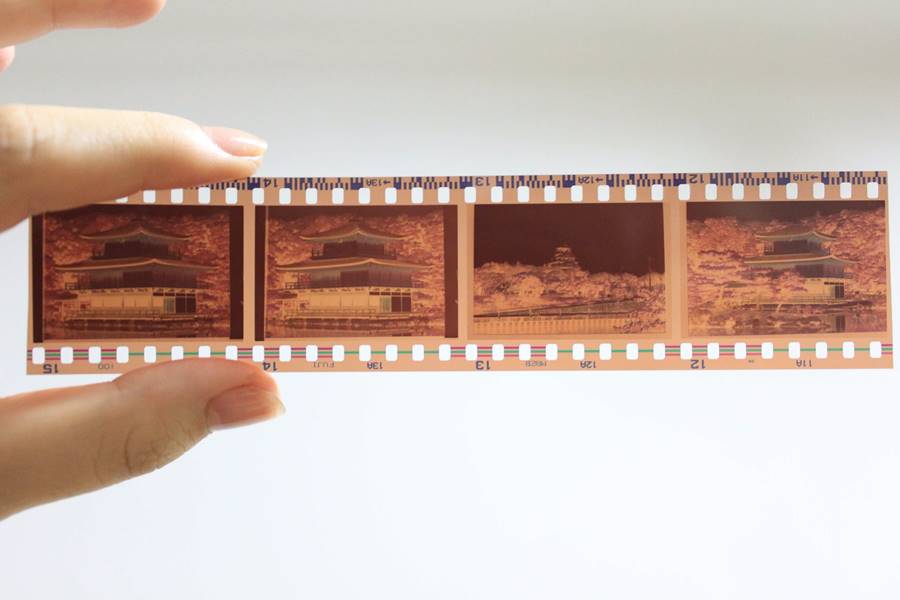
The Evolution of the Darkroom
The darkroom has gone through significant changes and evolution in the history of photography. Here’s a simplified explanation of its evolution:
- Early Darkroom: In the early days of photography, darkrooms were simple and small spaces. Photographers used chemical solutions and trays to develop their images. They would manually process the film and paper, relying on their expertise to control exposure and development times.
- Introduction of Enlargers: As photography advanced, the use of enlargers became common in darkrooms. Enlargers allowed photographers to project the image from the film onto photographic paper at different sizes. This enabled them to create prints of various dimensions and experiment with different effects.
- Color Darkroom: With the advent of color film, color darkrooms became necessary. Color processing involves more complex chemical processes, temperature control, and color balancing. Color darkrooms required additional equipment and expertise to achieve accurate color reproduction.
- Introduction of Digital Photography: The rise of digital cameras revolutionized photography and significantly impacted darkroom practices. Digital photography eliminated the need for film and chemical processing. Photographers began using computers and software to edit and manipulate their images digitally, replacing the traditional darkroom processes.
- Transition to Digital Darkroom: The emergence of digital photography led to the evolution of the darkroom into the “digital darkroom.” Photographers now use computers, image editing software, and printers to process and enhance their digital images. The digital darkroom offers greater flexibility, control, and instant results compared to traditional darkrooms.
- Rise of Online Sharing: The digital era also brought about the widespread practice of sharing photographs online. Social media platforms and photography websites allowed photographers to showcase their work to a global audience instantly. This shift further influenced the way photographers processed and presented their images, focusing more on digital editing and optimizing images for online platforms.
While traditional darkrooms still exist and are cherished by some photographers, the majority have transitioned to digital workflows. The accessibility and convenience of digital photography have democratized the art form, allowing more people to engage in photography and experiment with image processing techniques.
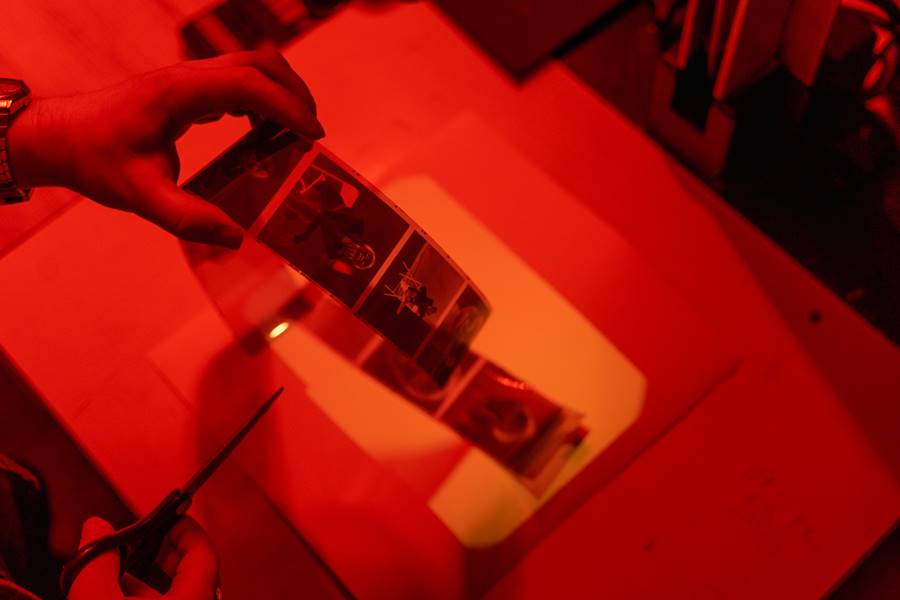
Traditional Darkroom Techniques
Traditional darkroom techniques refer to the processes and methods used in the traditional development and printing of film photographs. Here is a simplified explanation of some key techniques:
- Developing Film: Film development involves carefully transferring exposed film into a series of chemical baths. The chemicals bring out the latent image captured on the film, making it visible. This process requires precise control of time and temperature to achieve the desired results.
- Contact Printing: Contact printing is a technique used to create prints directly from film negatives. A sheet of photographic paper is placed in contact with the negative and then exposed to light. This creates a direct reproduction of the negative onto the paper, resulting in a positive print.
- Dodging and Burning: Dodging and burning are techniques used to selectively lighten or darken specific areas of a photograph during printing. Dodging involves blocking or reducing the amount of light reaching certain areas to lighten them while burning involves increasing the exposure to darken specific areas. These techniques help enhance details and create more balanced and appealing prints.
- Chemical Baths: Chemical baths play a crucial role in film development and print processing. Different chemicals, such as developer, stop bath, fixer, and wash, are used at specific stages to control the development, stopping, fixing, and washing processes. Each chemical has a specific purpose and duration of use, contributing to the final image quality.
- Film Grain Control: Film grain refers to the visible texture in the final image resulting from the size of the silver halide crystals on the film. In the darkroom, photographers can adjust the contrast and appearance of the grain by modifying the development time, and temperature, or using specific techniques during printing.
- Toning: Toning is a technique used to change the color of a black-and-white print, adding different tones to the image. Various toners, such as sepia or selenium, are used to create different effects and enhance the longevity of the prints.
These techniques require skill, practice, and experimentation to achieve the desired results. The traditional darkroom allows photographers to have hands-on control over the entire process, from developing the film to creating the final print. Each step involves a careful balance of chemicals, exposure times, and artistic choices to produce unique and expressive photographs.
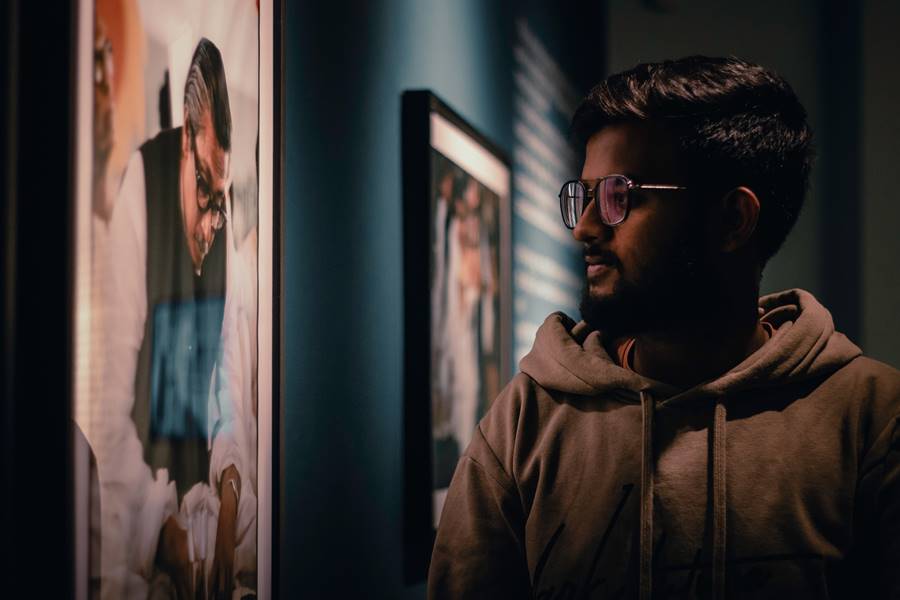
The Creative Possibilities of the Darkroom
The darkroom offers photographers a wide range of creative possibilities to enhance and manipulate their images. Here are some simple explanations of the creative possibilities in the darkroom:
- Exposure Control: In the darkroom, photographers have the ability to control the exposure of their images. They can adjust the amount of light hitting specific areas of the print to create different tonal variations. This allows them to bring out details in highlights or shadows, resulting in a more balanced and visually appealing image.
- Contrast Adjustment: Darkroom techniques allow photographers to modify the contrast of their prints. By adjusting the exposure time or using dodging and burning techniques, they can selectively lighten or darken specific areas to create a greater sense of depth and visual impact.
- Cropping and Framing: In the darkroom, photographers can crop their prints to remove unwanted elements or to change the composition. They can experiment with different framing options to enhance the visual storytelling of the image.
- Toning and Coloring: Toning is a technique where photographers can add different tones or colors to their black and white prints. It can be used to create unique artistic effects, add warmth or coolness, or evoke a specific mood in the photograph.
- Textures and Effects: The darkroom allows photographers to experiment with various techniques to introduce textures and effects into their prints. They can use tools like brushes, sponges, or even their hands to manipulate the emulsion during the printing process. This can create unique and expressive textures, adding a distinctly artistic touch to the image.
- Multiple Exposures: With the darkroom, photographers can combine multiple exposures on a single print. This technique enables them to overlay different images or elements, creating composite photographs with intriguing juxtapositions or surreal effects.
- Hand Coloring: Hand coloring is a technique where photographers add color to specific areas of a black-and-white print using specialized paints or dyes. This technique allows them to create custom and artistic interpretations of their photographs.
These are just a few examples of the creative possibilities offered by the darkroom. It provides photographers with a hands-on and tactile approach to crafting their images, allowing for artistic expression and experimentation. Each darkroom technique offers a unique way to transform photographs, making each print a one-of-a-kind creation.
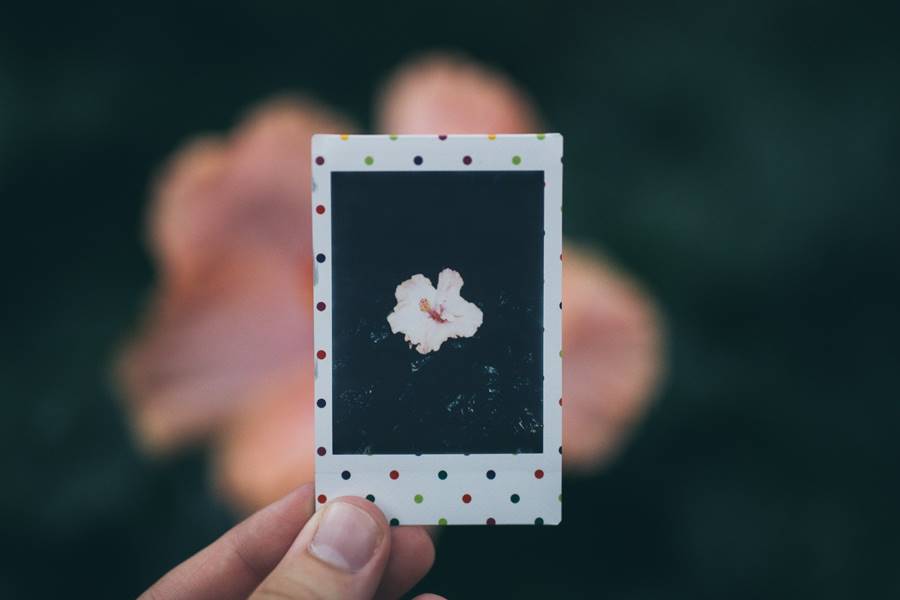
Embracing the Darkroom in the Digital Age
In the digital age, the concept of embracing the darkroom refers to photographers incorporating traditional darkroom techniques and aesthetics into their digital workflow. Here’s a simple explanation:
Digital Tools: With the advancement of technology, photographers now have access to powerful digital tools and software. These tools mimic the effects and processes that were traditionally done in the darkroom. For example, photographers can simulate film grain, adjust contrast and exposure, or apply toning effects digitally.
Post-Processing: Post-processing is the digital equivalent of darkroom techniques. Photographers can enhance their digital images by adjusting exposure, contrast, saturation, and other parameters. They can also use tools to selectively brighten or darken specific areas of the image, similar to dodging and burning in the darkroom.
Presets and Filters: Many software applications offer presets and filters that replicate the look and feel of traditional film stocks or darkroom processes. Photographers can apply these presets to their digital images, giving them a vintage or artistic appearance reminiscent of the traditional darkroom.
Printing and Presentation: In the digital age, photographers can still create physical prints of their digital images. They can use high-quality printers and fine art papers to produce prints that closely resemble traditional darkroom prints. This allows photographers to maintain the tactile and tangible aspect of the darkroom experience.
Artistic Exploration: Embracing the darkroom in the digital age allows photographers to explore a wide range of artistic possibilities. They can experiment with different techniques, create unique styles, and apply their own artistic interpretation to their images. It enables them to combine the convenience and flexibility of digital photography with the aesthetics and creative depth of the traditional darkroom.
By embracing the darkroom in the digital age, photographers can retain the essence of traditional photography while benefiting from the convenience and possibilities offered by digital technology. It provides them with a means to express their creativity and bring their artistic vision to life in a digital context.
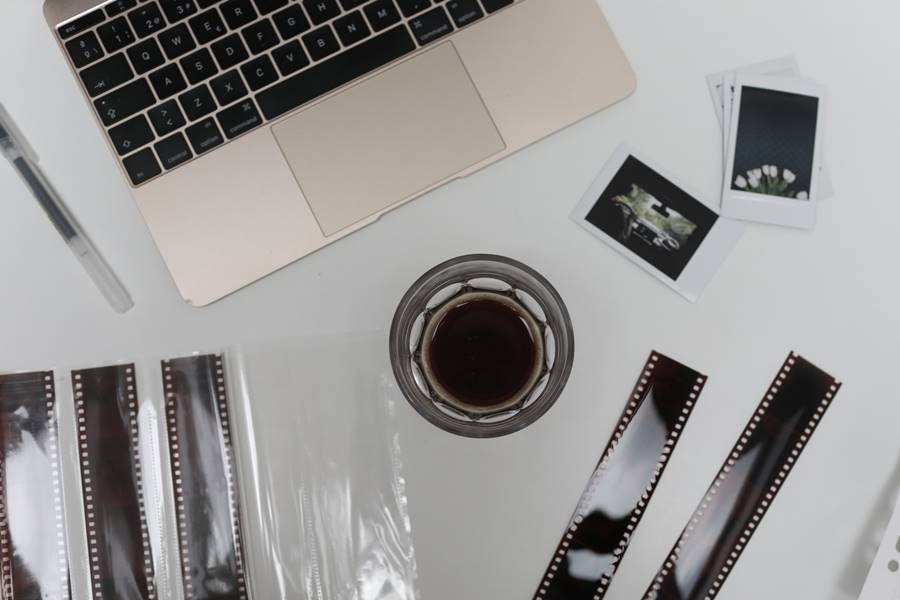
Conclusion
The darkroom holds a special place in the world of photography, offering a sanctuary where time slows down, and images come to life through meticulous processes and artistic craftsmanship. By embracing the magic of the darkroom, photographers can rediscover the rich history, tactile experience, and unparalleled creative possibilities that traditional processes provide. So, step into the darkness, immerse yourself in the alchemy of chemicals, and allow the magic of the darkroom to elevate your photography to new realms of artistic expression.


